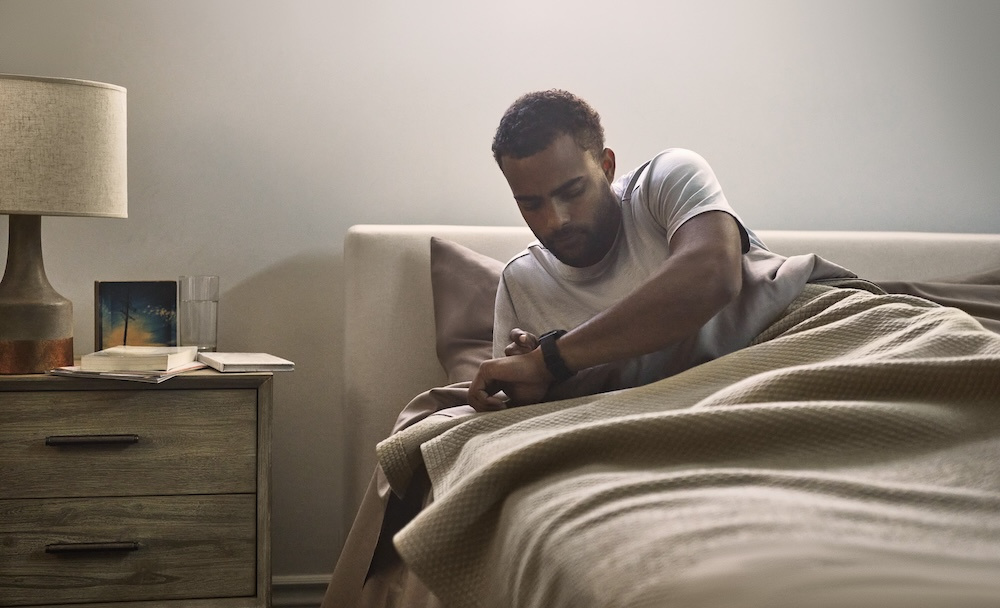Garmin’s massive free update brings nap detection and more to its latest watches
Nap detection, skin temperature monitoring and lots more

Garmin has just announced updates for a host of its watches, including its Forerunner range and Venu 3, which bring in a raft of features including nap detection and skin temperature measurements.
These new capabilities are coming to the Venu 3 as mentioned, as well as the Enduro 2, Epix (Gen 2) watches, Fenix 7 series, and Forerunner models (and more besides – for the full list check here).
Nap detection is, as the name suggests, a way for the watch to know when you’re having a nap, and to monitor that interlude. The feature will provide feedback on the duration of naps (and suggestions on the length of naps during the day).
Skin temperature monitoring is another new feature, and this comes into play when you’re sleeping, measuring the changes in temperature as the night progresses – with bigger deviations perhaps related to you coming down with an illness, for example. Your skin temperature can also be related to the environment you’re sleeping in, or your recent activity (a strenuous workout for example).
Also new are Running Dynamics – measuring metrics like your stride length, cadence, and time in contact with the ground when running – and Running Power, which shows your power exertion level during a run.
Body battery is an existing feature you’ll be familiar with on your Garmin watch, and the company is fleshing this out with extra details on how sleeping, napping, activity and stress levels are draining (or replenishing) your battery. Another addition here is a daily summary is now provided in the evening showing your energy levels and use through the day.

Elsewhere, the activity recording for skiing has been honed, too, and more accurate metrics are promised around elevation and heart rate, and other elements besides.
Get daily insight, inspiration and deals in your inbox
Sign up for breaking news, reviews, opinion, top tech deals, and more.
Garmin has also seen fit to introduce some other minor tweaks, like the ability to view photos received on an Android smartphone on the screen of the watch (with certain models of phone, that is).
This update is bristling with some pretty cool stuff as you can see, and it’s already rolling out to compatible watches. Sync with Garmin Connect (or Express) to grab the upgrade (ensuring automatic updates are turned on with your watch).
Analysis: Hmmm… napping
Nap detection is a much-requested feature from users, and it’s essentially a mini version of sleep tracking, as you might imagine, giving you feedback on nap duration as mentioned, and advising how naps during the day may benefit you.
Skin temperature monitoring when you sleep is the other major introduction here. As we already observed, if you’re coming down with a bug, that may show in your temperature measurements overnight before any symptoms take hold – maybe allowing you to take proactive measures. Like not going all-out down the gym that morning, for example, and resting up instead. Or stocking up on Lemsip.
Speaking of workouts, skin temperature can also be raised due to a particularly demanding bout of exertion, and knowing about that could be useful in timing your next weights session in terms of when you’re fully recovered from the last one. (Overtraining and not allowing for full recovery being a big mistake, of course).
It’s a shame these additions aren’t coming to older Garmin watches, but doubtless the reality is they don’t have the latest sensor tech in order to be able to leverage some of the key introductions here.
You might also like
Darren is a freelancer writing news and features for TechRadar (and occasionally T3) across a broad range of computing topics including CPUs, GPUs, various other hardware, VPNs, antivirus and more. He has written about tech for the best part of three decades, and writes books in his spare time (his debut novel - 'I Know What You Did Last Supper' - was published by Hachette UK in 2013).